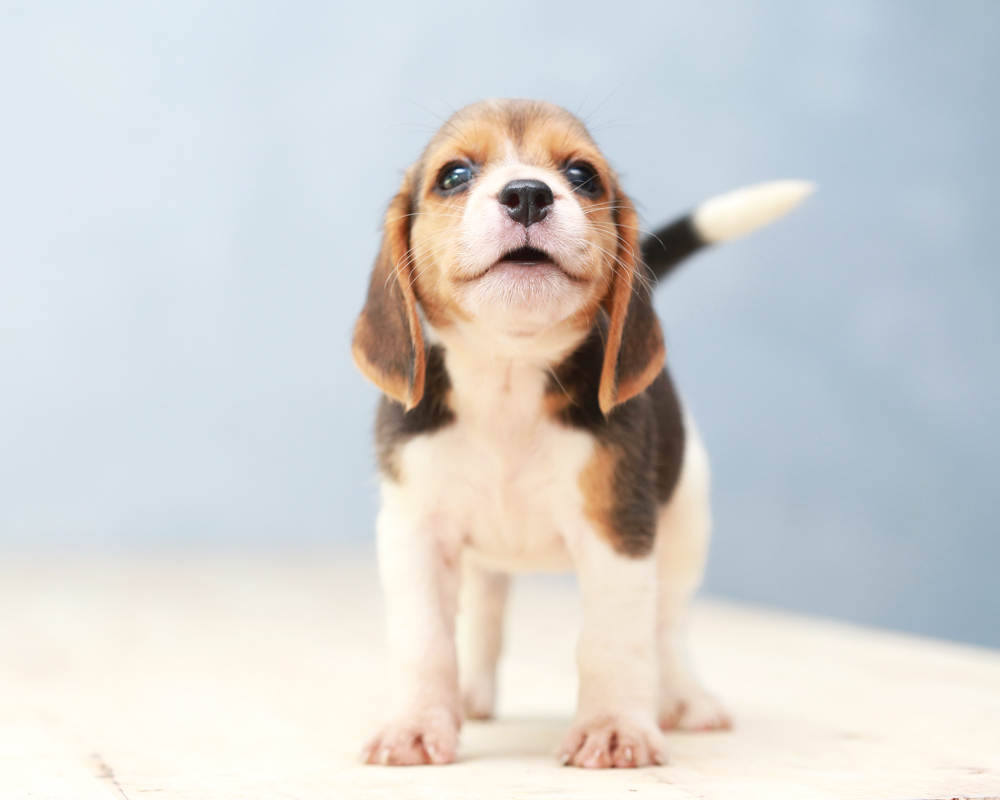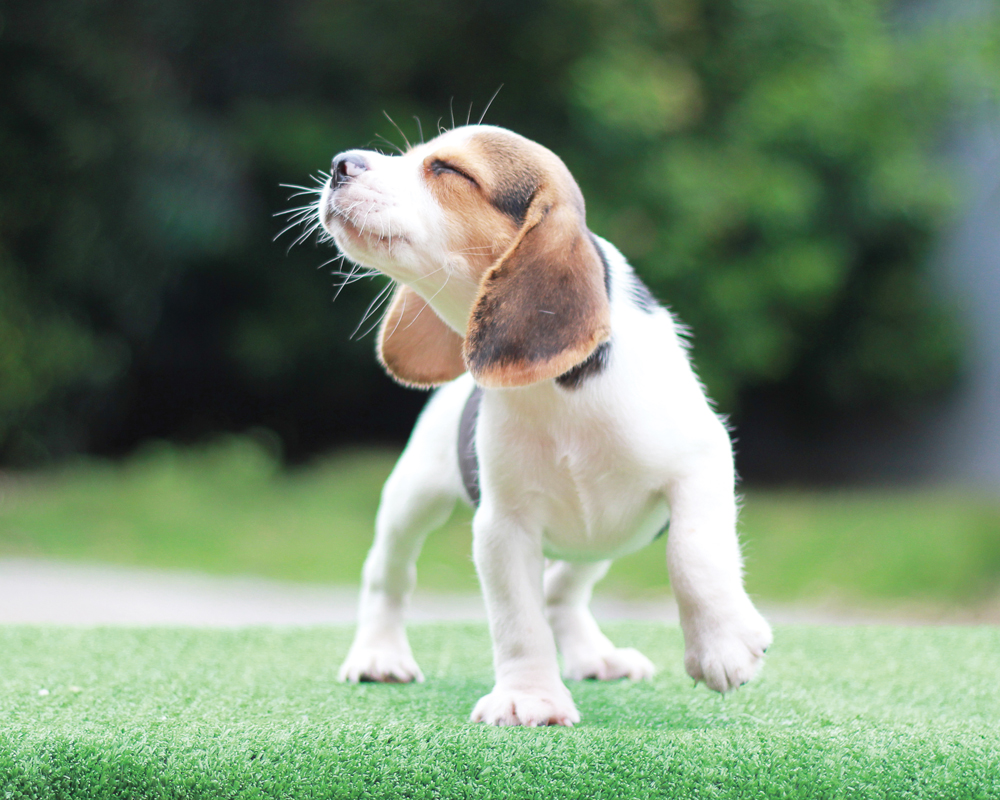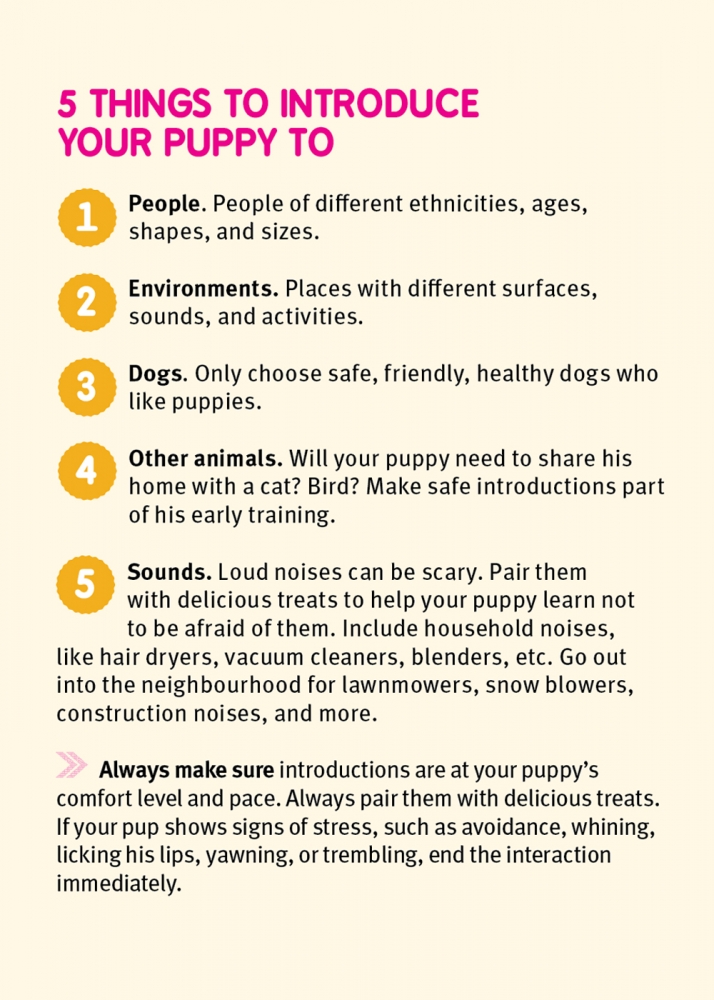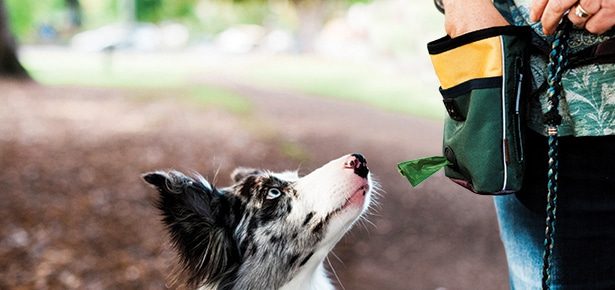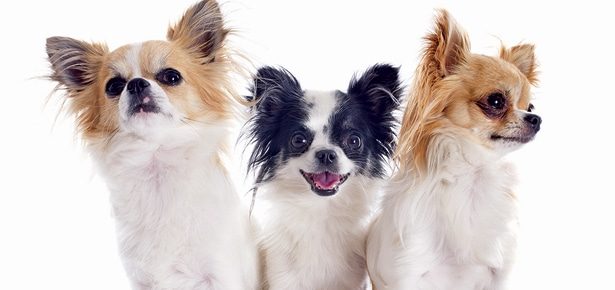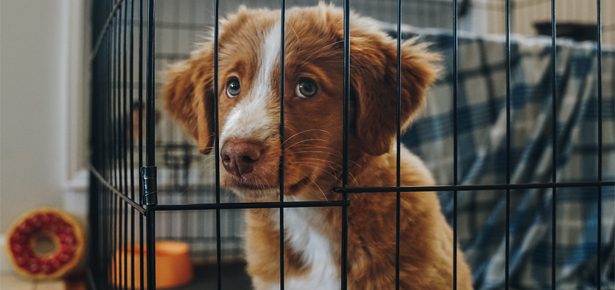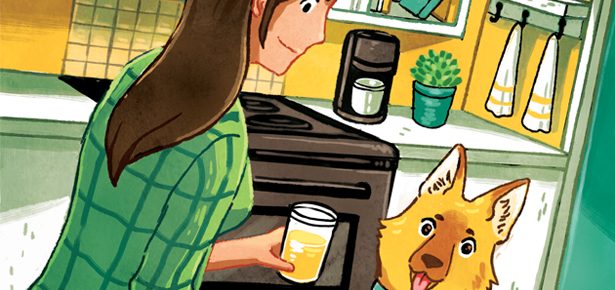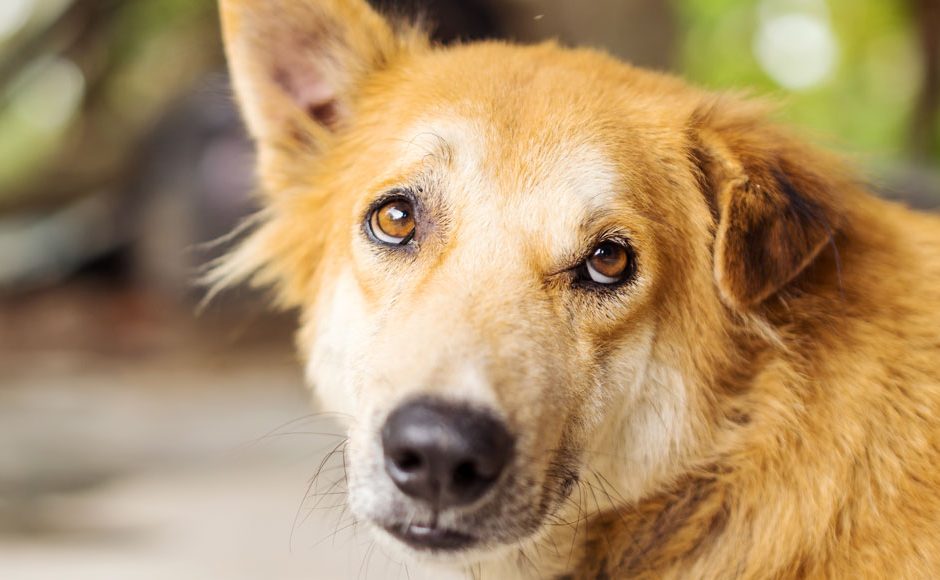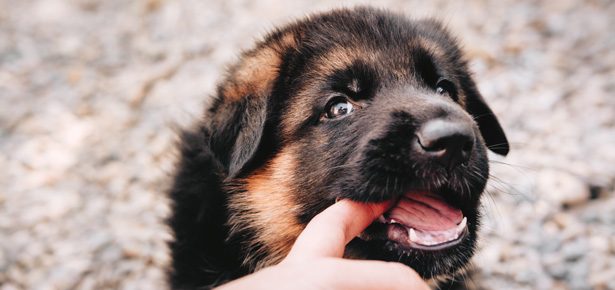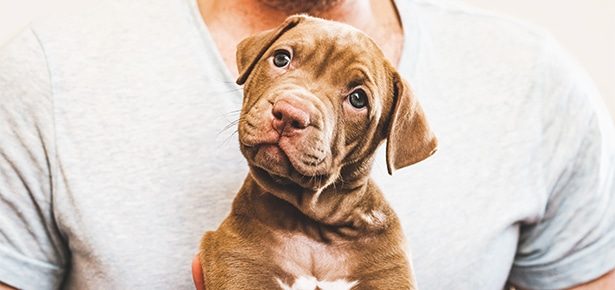
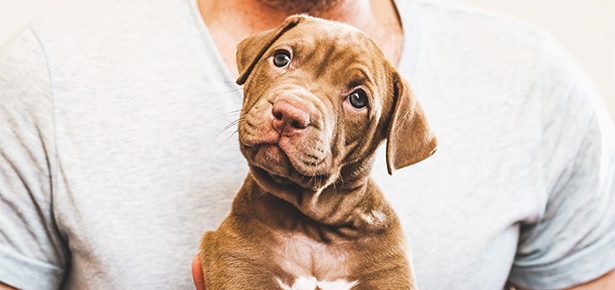
Everything You Ever Wanted to Know About PUPPIES
Choosing the right puppy, housetraining, crate training, socializing, and more
Choosing the Right Puppy: Behaviour to Look For
All the Puppy Cuteness! How Do You choose?
It either seems like an impossible task or an easy one. Will you know your soulmate puppy when you meet him? Will you have to pick one out of a bouncy litter of possibilities? When choosing a puppy to bring home, you really do need your heart and your head to communicate with each other. This is a decision that will impact you and your puppy for the rest of your lives.
We’re going to assume you’ve done your homework and have narrowed your choice down to a breed or breed mix that best fits your lifestyle and what you’re looking for in a puppy companion. That’s behind you, and now you’ve come face to face with a choice of a lifetime. You’ve got to decide if you’re going to bring a specific puppy home.
What Your Head Should Tell You
You want a social puppy. One that readily approaches you and is happy to interact with you. Please avoid the puppy who avoids you. You may fall for his sad eyes or think you can “win him over,” but understand this may be a long-term challenge.
As a professional dog trainer, I work with a lot of aggression cases. When interviewing clients, I often find their puppy exhibited warning signs when they met him. The puppy may have avoided interaction or hid under furniture. Some puppies even growled or bit prospective parents. They still brought the puppy home, only to see his behaviour get worse over time.
Choose a puppy based on his behaviour today, not what you HOPE his behaviour will be someday. Don’t let your heart whisper that with enough love and training, a fearful or aggressive puppy will turn out to be a superstar. Most often, these puppies turn into aggressive adult dogs. They require a tremendous amount of work, expense, and heartbreak. Don’t do that to yourself. Pick the puppy who already wants to be part of your family.
If you’re choosing from a litter of puppies, you want the “average” puppy. This doesn’t sound exciting, but it’s your best bet for a quality family companion. Is there a pushy puppy knocking his brothers and sisters out of the way to get to you or grab a toy? This little hothead might be very challenging to live with. We’ve already ruled out the wallflower, so take a look at the middle of the pack. There’s a gem right there just waiting for your attention.
If you don’t see any good prospects, be prepared to leave without a puppy. This is SO HARD. Your heart is screaming there’s a vacancy, but let your head be your landlord. It is much, much better to wait for the right puppy than to take home the wrong one. When you finally find him, he’ll have been so worth your patience.
Photo Sigma_S/shutterstock
What Does Your Heart Say?
Your head should make some important decisions about a puppy’s health, temperament, and adaptability to your household. This doesn’t mean your heart doesn’t have an important role. You need to fall in love. You need to feel a connection. Maybe your heart pings at the sweet puppy with the wonky ear. You might swoon when a puppy crawls into your lap and falls asleep. Your heart gets to decide the beginning of a beautiful bond for life.
On the Clock: Key Development Windows and What to Expose Your Puppy To
Puppyhood is the most important time in a dog’s life. You’re setting the stage for his development.
8-9 weeks
This is when most puppies are ready to leave their mothers and join a new family. Puppies will typically wean from their mothers at around four to five weeks, but they still are learning critical lessons from their mothers and siblings.
Take your puppy to your personal veterinarian within 48 hours of bringing him home, even if your puppy’s breeder or rescue had their vet check him out. It’s always good to get a second opinion, and to ensure your veterinarian establishes a good relationship with her new patient.
While you do want to give your puppy a few days to settle in, it’s important to establish routines and start your training now. You may want to hire a professional, reward-based dog trainer to start helping you right away, before you and your puppy learn bad habits.
Decide if you want to paper train or outdoor train your puppy for elimination and start that path from the start. In other words, if you only want your puppy to eliminate on grass, don’t also have pee pads in the house. This is a confusing, mixed message.
Allow friends and family to meet your puppy, but always let him approach them on his own. If they may have stepped in places where sick dogs have been, have them take off their shoes and wash their hands before interacting with your puppy. Don’t overwhelm your puppy with a crowd. Pace visitors at a comfortable rate.
You can also start training your puppy in basic obedience: sit, come when called, don’t jump on people, etc. Puppies are little sponges! Make training sessions short and fun.
Photo Tony Kan/shutterstock
10-12 weeks
Socialization steps into high gear. You cannot wait until your puppy has had all vaccinations; this will be far too late. The critical socialization period for puppies is up to 12 weeks of age, so you’re on the clock!
Socialization is not just exposing your puppy to different people, dogs, and environments. It’s making sure each exposure is a party and your puppy has a blast. Always have treats with you. Give your puppy treats every time something potentially scary happens. Never force him to confront something he finds scary. He should always approach at his own pace. Do your best to control all interactions to ensure they go well.
Take him to dog-friendly stores and other locations. Avoid dog parks or public parks where sick dogs may have been. It is possible to properly socialize your dog and still be healthy and safe.
12-16 weeks
Continue your socialization. Make sure you have plenty of hard chew toys available that you rotate daily to make them seem new. At 16 weeks, those needle-sharp baby teeth will start falling out, making way for your puppy’s adult teeth.
Teens to Adults
Continue training and socialization through your puppy’s teens. If you notice issues, get help sooner rather than later. How do you know when your puppy is an adult? If you have a small-breed puppy, he will be an adult at about one year. Medium-sized dogs, such as Labrador Retrievers, aren’t adults until about two. Giant breeds such as Great Danes, don’t reach maturity until three years.
5 EXPERIENCES EVERY PUPPY SHOULD HAVE
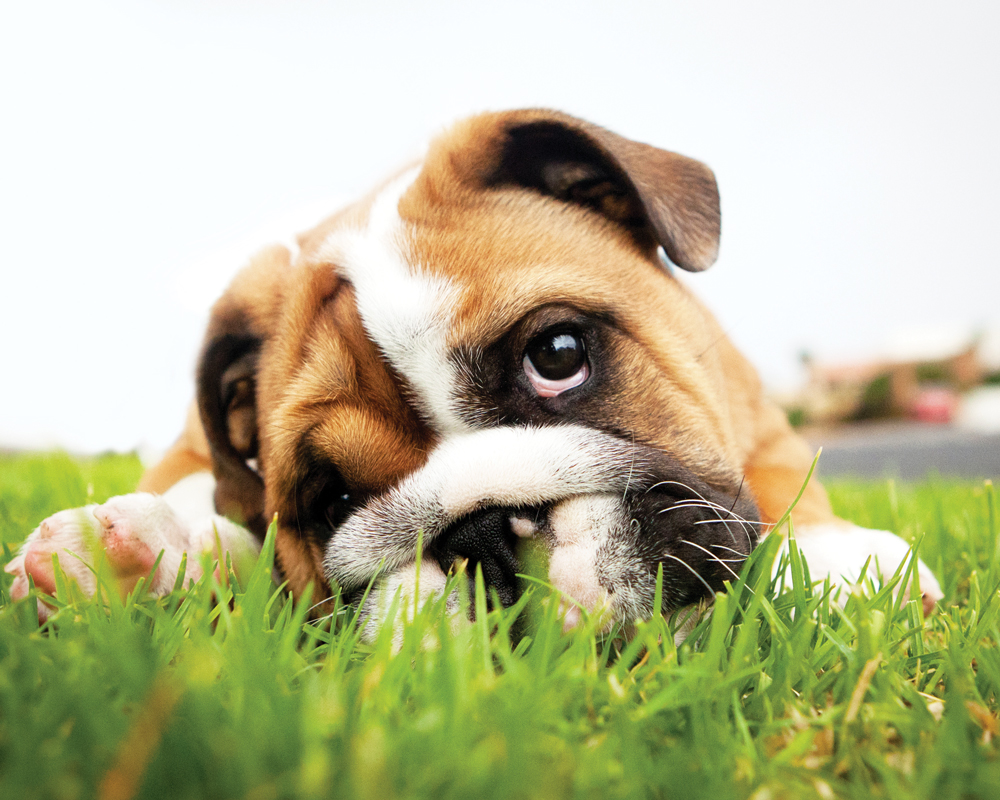
2.Playtime with you
3.Training (aim for two, 15-minute sessions a day)
4.Grooming (bath, brushing)
5.Love and Affection!
photo Grant Johnson/shutterstock
5 MISTAKES PEOPLE MAKE WITH THEIR NEW PUPPY
1.Not socializing their puppy until after he’s had all his shots.
Do we sound like a broken record? This is because old myths of waiting to take your puppy out until after vaccinations still persist. Don’t wait. Be safe, but get your puppy out and about right now. Teach him to be friendly and social with all types of people in a variety of environments, and you will help prevent fear and aggression as he grows older.
2.Letting your pup have too much space, too soon.
Puppies can get into a lot of trouble. They will pee and poop on your rugs, eat your furniture, and steal toilet paper. Some of their antics are frustrating, but some can be downright dangerous. What if he eats an electrical cord? What if he swallows something, and it gets stuck?
Confining puppies in a safe place, preferably a crate is ideal until they learn how to behave. If you let them have too much freedom before they’re ready, you’re helping them learn bad habits that will be harder to fix later. For crate training resources, visit: moderndogmagazine.com/truth_about_crates and moderndogmagazine.com/crate_training
3.Not recognizing when your puppy is afraid or uncomfortable.
Just because a puppy is behaving doesn’t mean she’s ok. What does your puppy look like when she’s happy? Pups should be bouncy and curvy, with squinty eyes and lowered ears. Does your pup look like that in different situations? If not, she may be stressed. Some puppies have obvious stress signals: panting, crying, trembling, cowering. Others are more subtle: avoidance, sleepiness, turning away. Look for these signs so you can address them now. If you don’t, fears could manifest into aggression later.
4.Changing rules.
Do you want your puppy to jump on people? Get on the furniture? Chew on your guests? If not, don’t encourage the behaviour now. It’s so easy to be lenient when he’s little and cute. It’s not fair, however, to change the rules when he gets bigger. Your puppy won’t understand.
5.Waiting to train.
Puppies are great little learners; you just need to keep your training sessions short. Don’t wait until your adorable Great Dane puppy is a 90-pound teenager. Don’t wait for your little Doodle to develop bad habits. Start training your puppy now. If you are using modern, reward-based methods and tools, you can start as soon as you bring your puppy home. You may find your little puppy is a rock-star student! You’ll also help develop your relationship as you work together and make training fun.
This article originally appeared in the award-winning Modern Dog magazine. Subscribe today!
Join the newsletter and never miss out on dog content again!
"*" indicates required fields
By clicking the arrow, you agree to our web Terms of Use and Privacy & Cookie Policy. Easy unsubscribe links are provided in every email.
